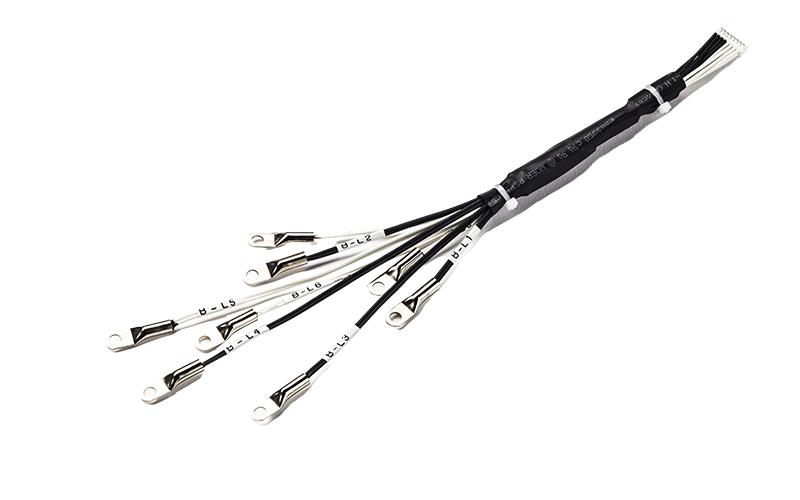It is widely used in industry, chemical industry, shipbuilding, machine tool, electronics, medical, petroleum, household, construction and other industries. When users use temperature sensors, it is easy to overlook two issues: their operating current and insertion depth. Insertion depth control is an important issue when using temperature sensors. If the insertion depth is not correct, it will cause inaccurate measurement. Today, Today I will show you specifically how to control it.

The normal operation of the China temperature sensor element needs to meet its working conditions, one of which is its working current. The temperature sensor has a resistance value. When current flows through the temperature sensor element, there is power loss and heat is generated. Therefore, in order to reduce the temperature measurement error caused by the heating of the sensor itself, it is necessary to reduce its own heating as much as possible under the conditions that the sensor works normally. This is why temperature sensors are used under constant low current conditions. For example, the conventional working current of platinum thermal resistance is 5MA, but our recommended working current is 1MA. The reason is to reduce the measurement error caused by the self-heating of the temperature sensor element. If the current is constant, the output will have a linear relationship between temperature and potential.
The insertion temperature sensor depth of the temperature sensor is also an issue that is easily overlooked. Some customers require a short insertion depth but a larger diameter. This is unreasonable, especially in the case of high temperature which is not desirable. In theory, the insertion depth of the temperature sensor can generally be determined according to actual needs. But the minimum insertion depth should not be less than 8-10 times the diameter of the temperature sensor protection sleeve. Only in this way can the performance of the temperature sensor be stable.
For example, the installation position and insertion depth of the thermocouple cannot reflect the real temperature of the furnace. In other words, thermocouples should not be installed too close to doors and heating and should be inserted at a depth of at least 8 to 10 times the diameter of the protection tube. The space between the protective sleeve of the thermocouple and the wall is not filled with insulating material, which causes the heat to overflow in the furnace or the intrusion of cold air. Therefore, the gap between the protective tube of the thermocouple and the hole of the furnace wall should be blocked with insulating material such as refractory mud or asbestos rope to avoid cold and heat. Air convection affects the accuracy of NTC temperature measurement. The cold end of the thermocouple is too close to the furnace body and the temperature exceeds 100 °C. The installation of the thermocouple should avoid strong magnetic fields and electric fields as much as possible, so the thermocouple and the power cable should not be installed in the same conduit to avoid introducing interference and causing errors. Thermocouples cannot be installed in areas where there is little flow of the medium being measured. When using a thermocouple to measure the temperature of the gas in the tube, the thermocouple must be installed against the direction of the flow rate and fully in contact with the gas.
It is necessary to know the working principle of thermistor and insertion depth of temperature sensors for us to select and use temperature sensors. If these two details are ignored, it is easy to cause unstable temperature sensor performance or even damage.